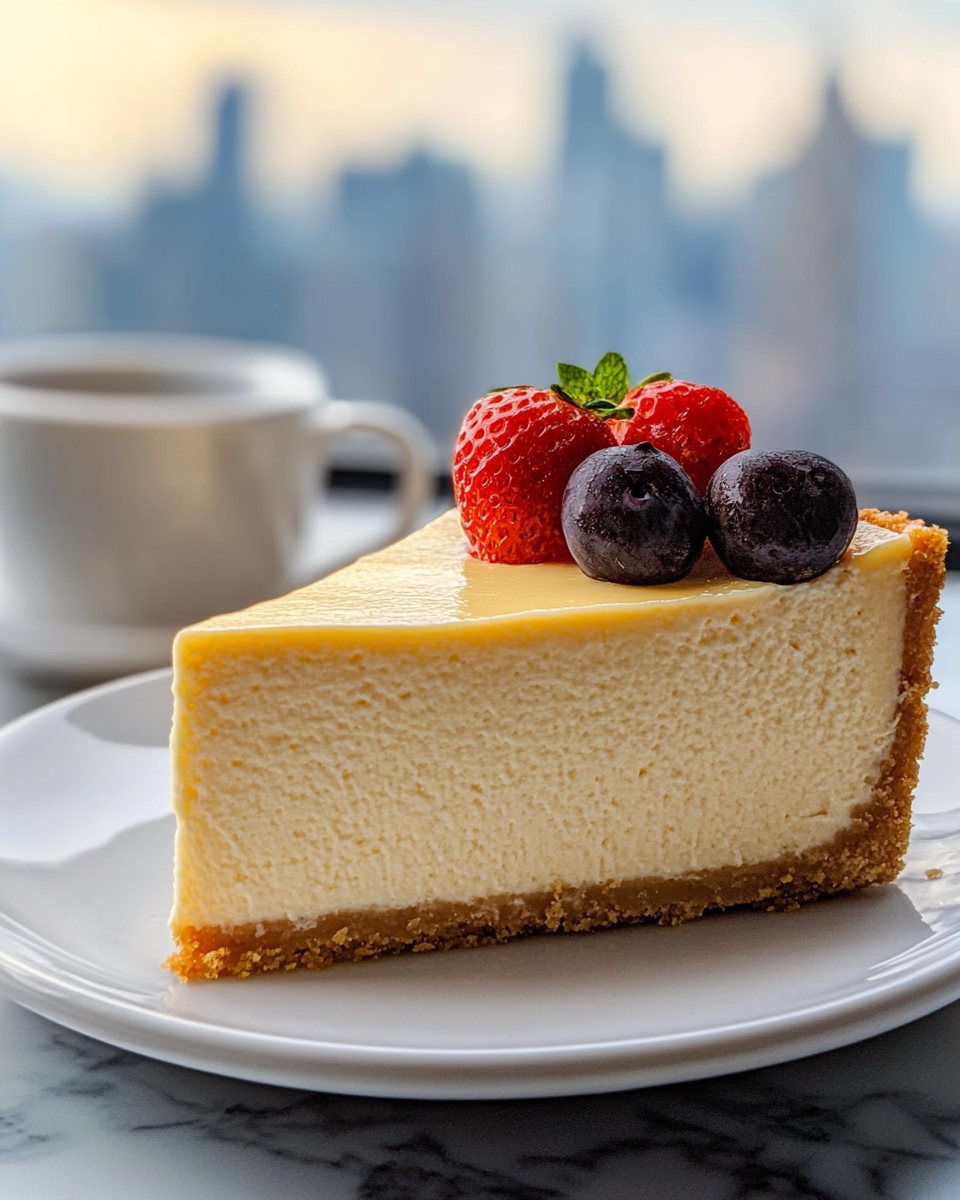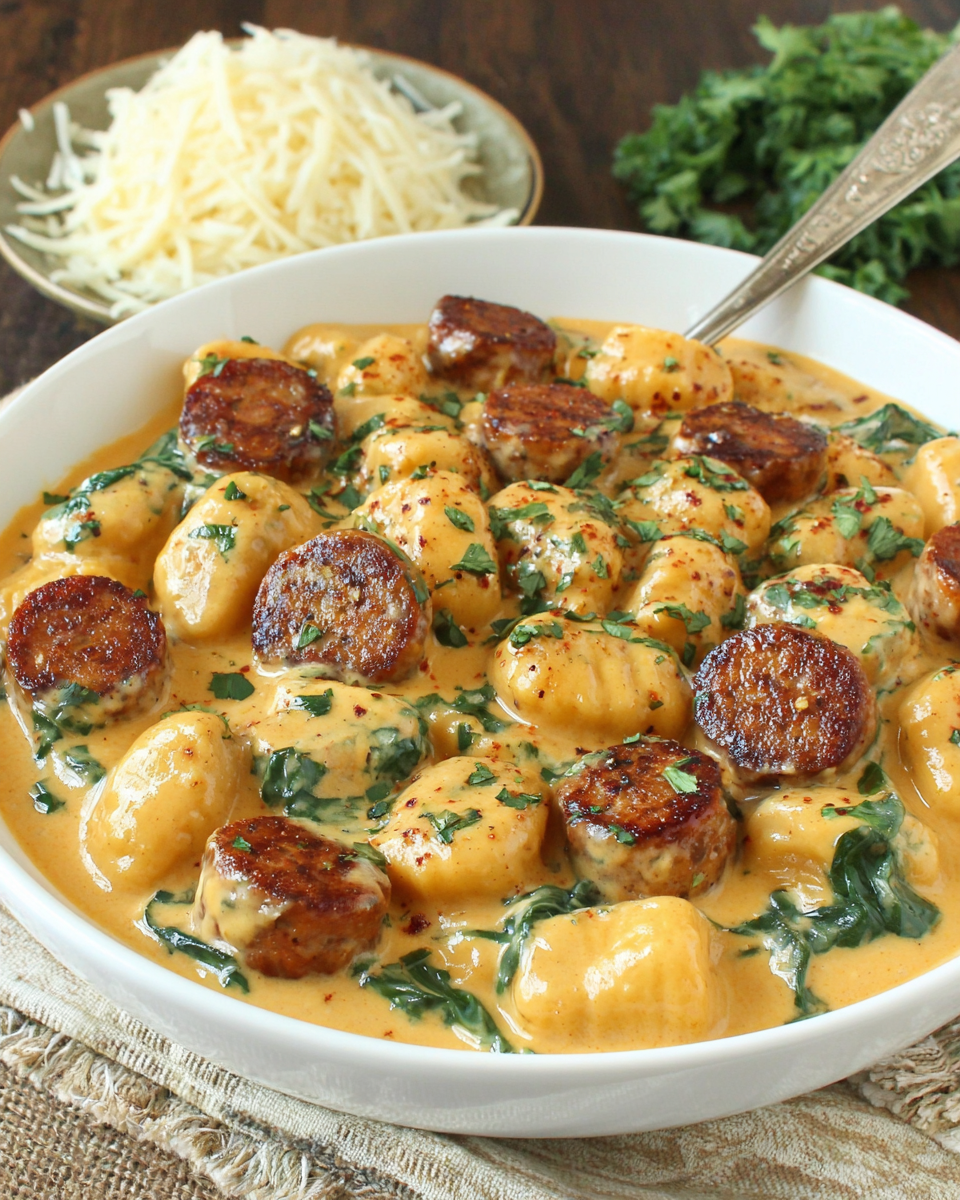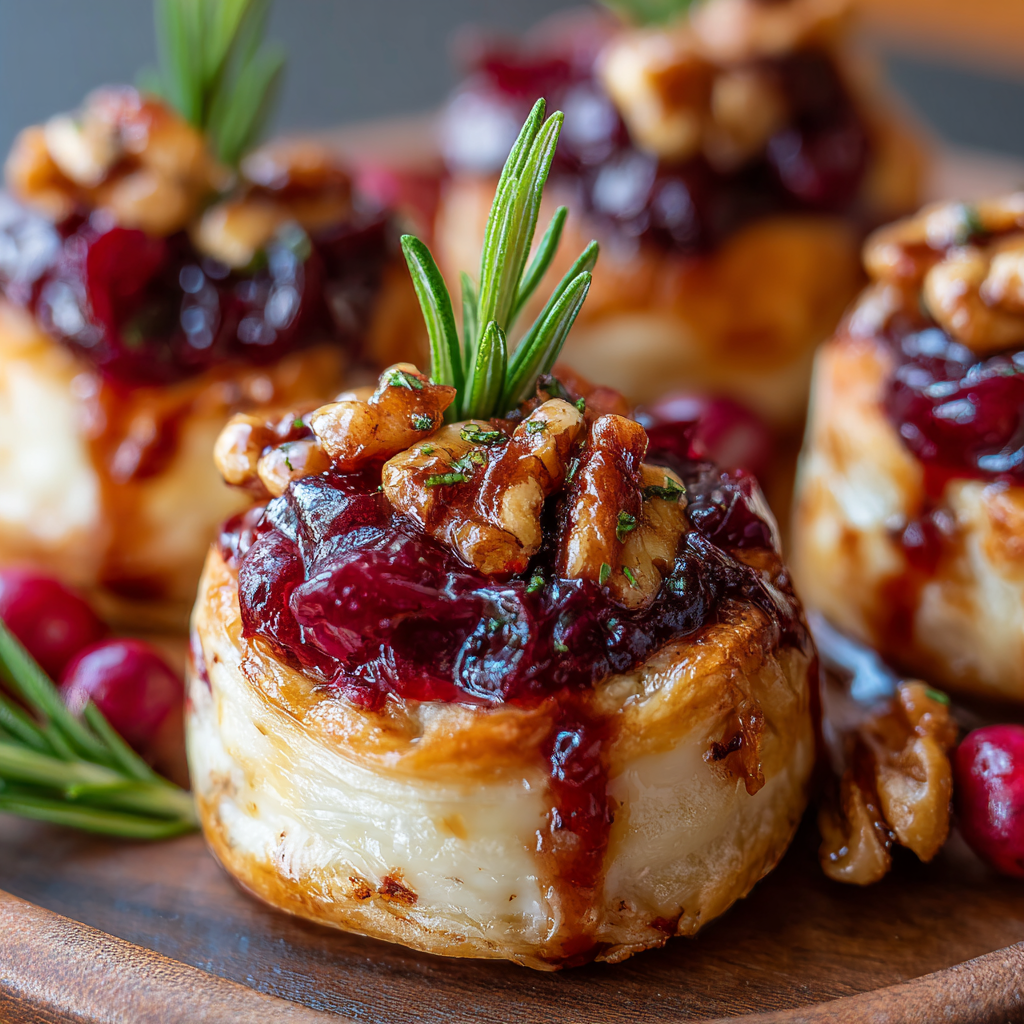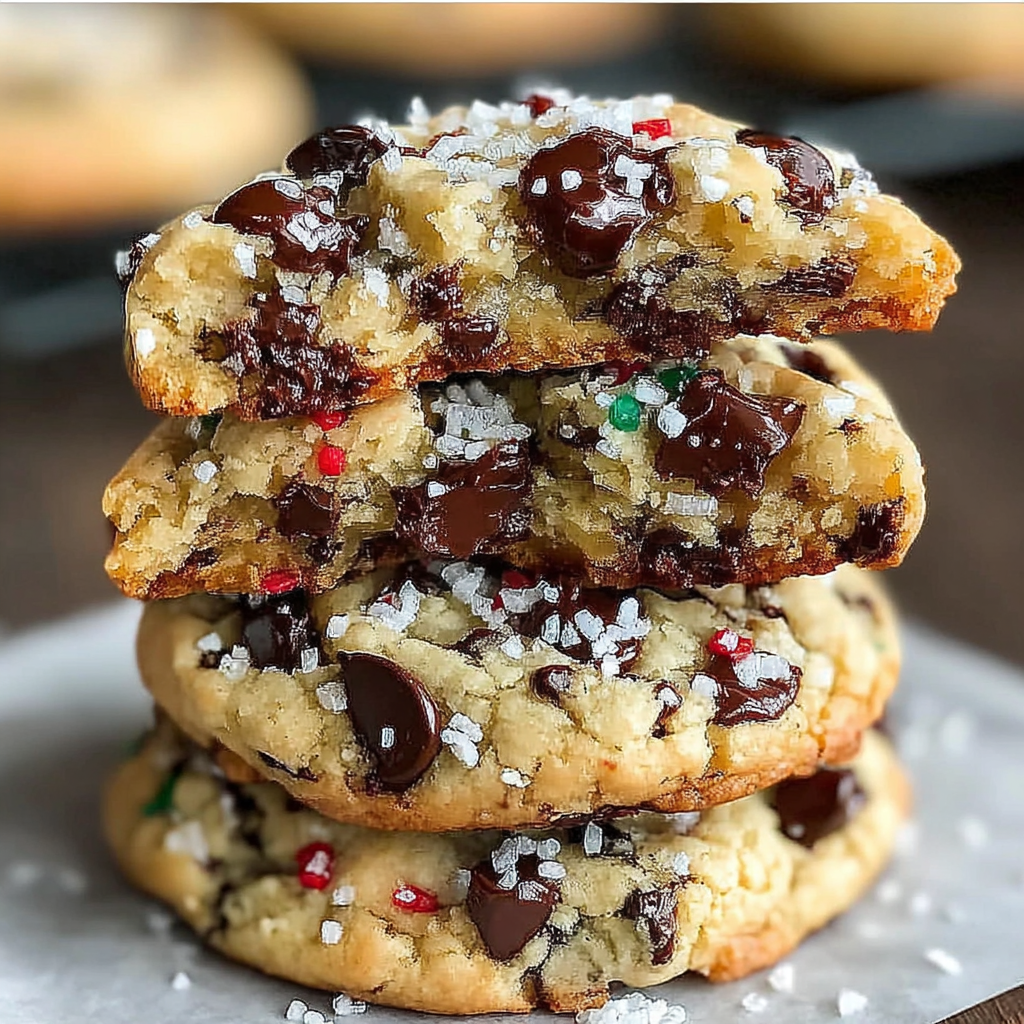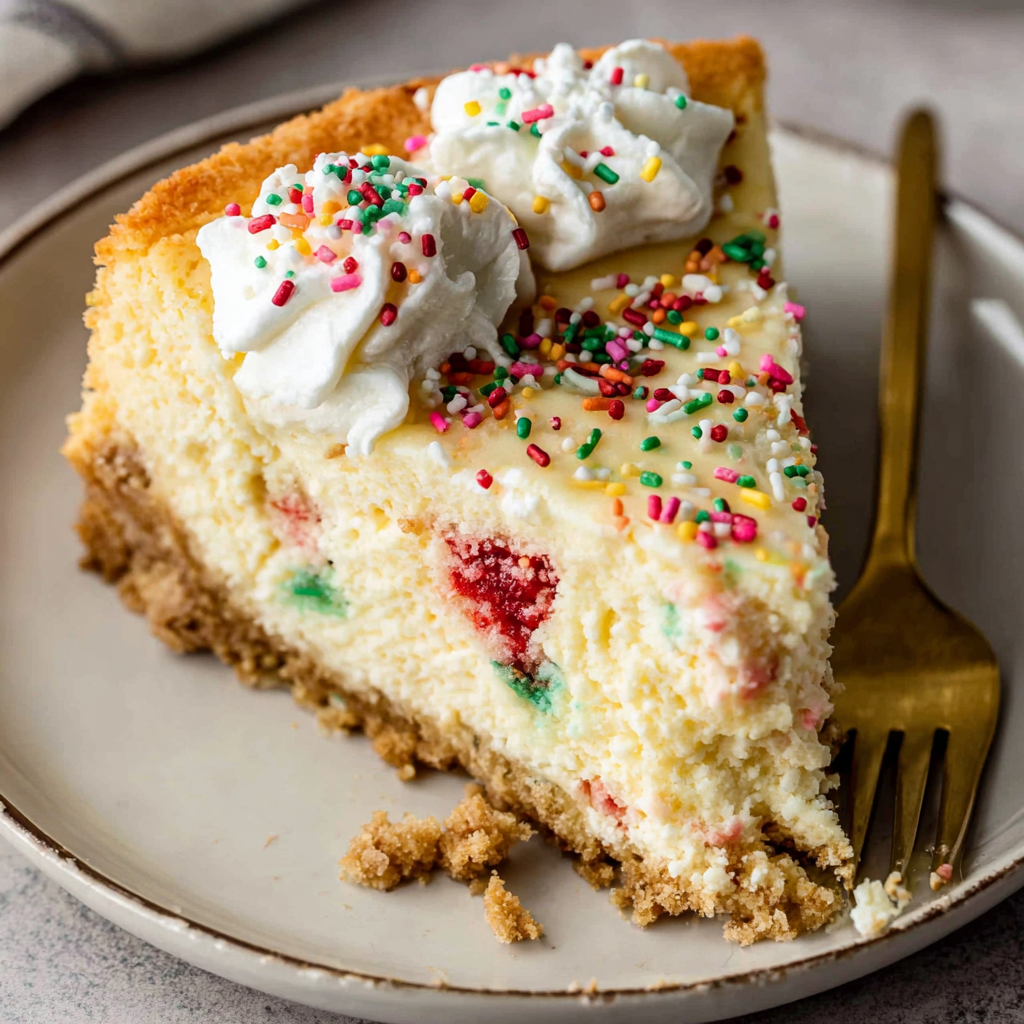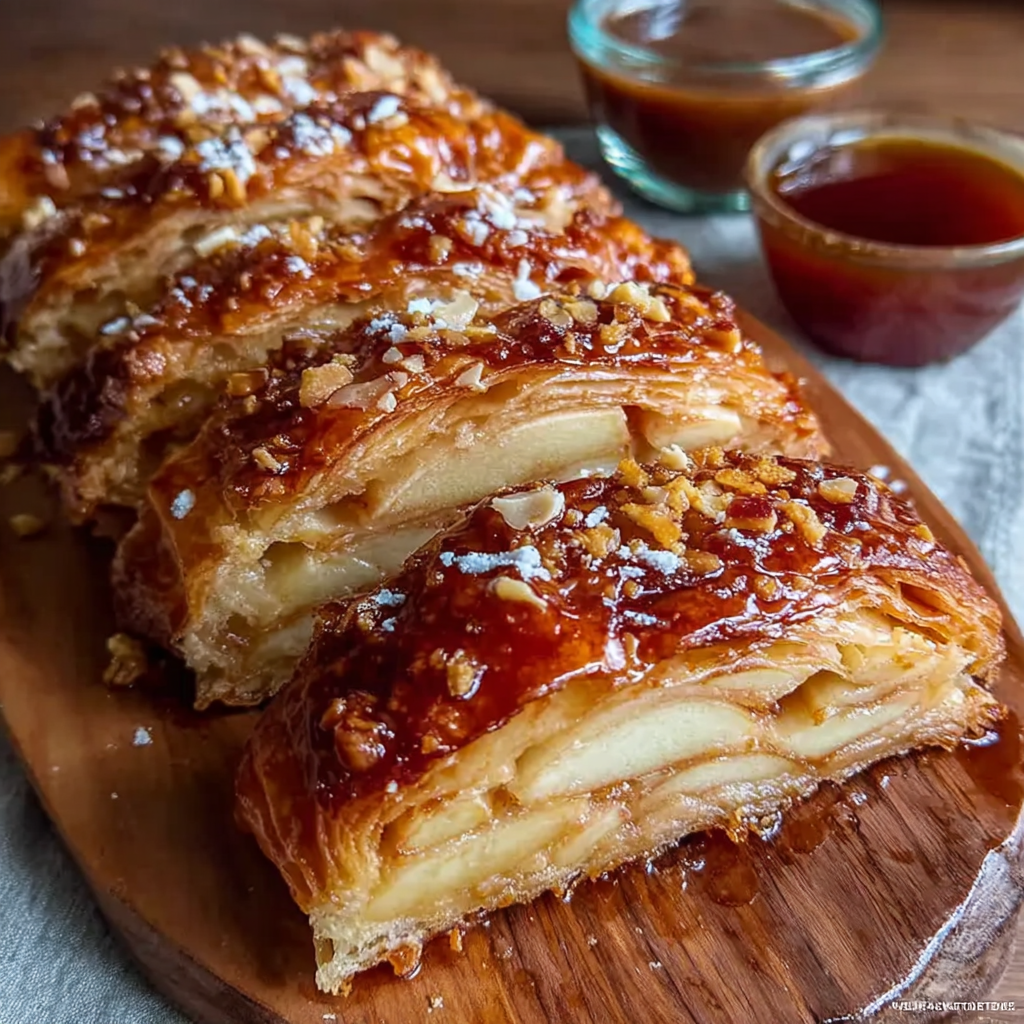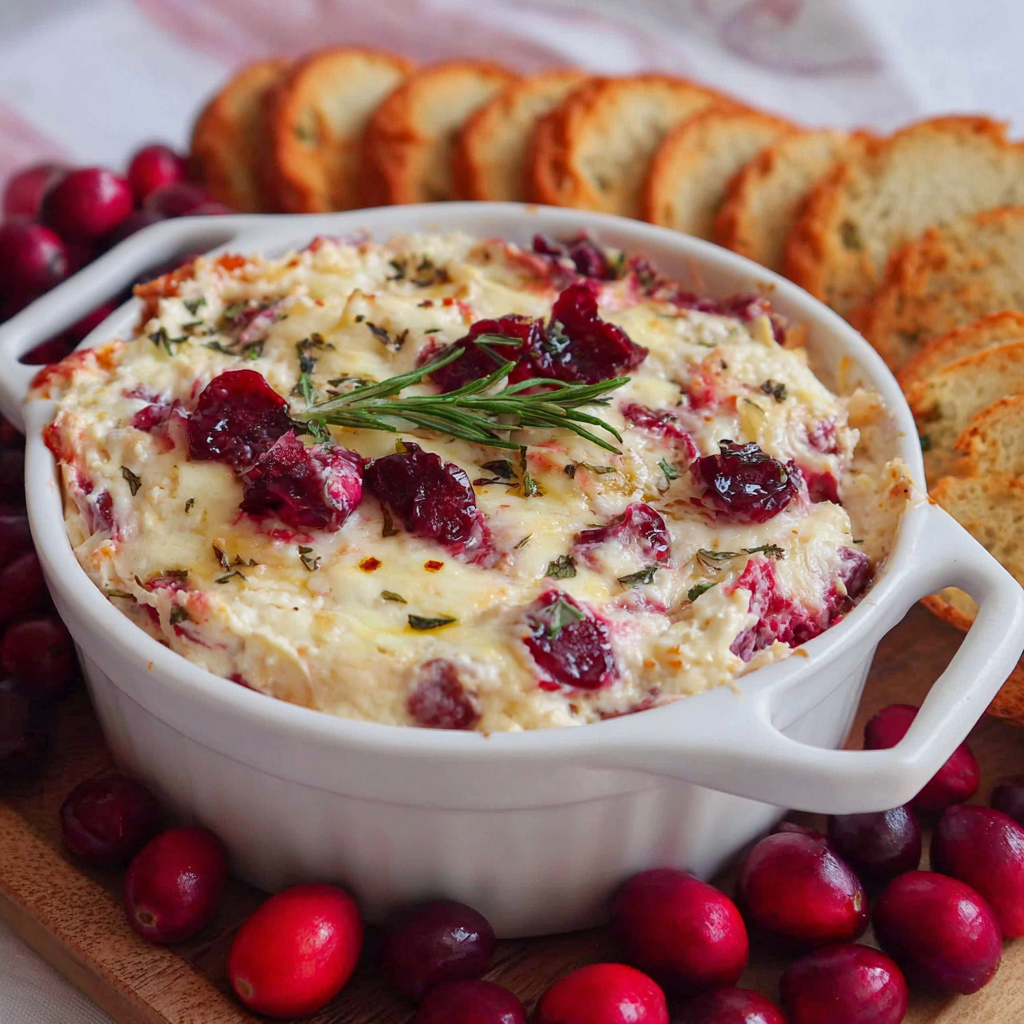Introduction
There's something incredibly satisfying about crafting a Classic New York Cheesecake right in your own kitchen. Its silky texture and rich flavor make it a staple at celebrations and a favorite among dessert lovers.
The beauty of this cheesecake lies not just in its taste, but in its simplicity of ingredients. With a little patience and attention to detail, anyone can recreate this beloved dessert.
Whether you're a seasoned baker or just starting out, this recipe will guide you through the process, ensuring a creamy and delectable cheesecake that rivals any bakery.
Ingredients
- 2 cups graham cracker crumbs
Graham cracker crumbs form the base crust. They provide a crunchy texture that contrasts beautifully with the creaminess of the filling. - 1/2 cup unsalted butter, melted
Butter binds the crust ingredients together and adds richness. It's crucial for achieving a firm yet tender crust. - 2 cups cream cheese, softened
Cream cheese is the star ingredient, giving the cheesecake its signature creamy texture. Be sure to let it soften for easy mixing. - 1 cup granulated sugar
Sugar sweetens the cheesecake without overpowering its flavor. It also contributes to the overall texture. - 3 large eggs
Eggs help bind the cheesecake together and provide structure. Be careful not to overmix them to avoid incorporating too much air. - 1 teaspoon vanilla extract
Vanilla adds depth and enhances the overall flavor. Using pure vanilla extract is recommended for the best taste. - 1 cup sour cream
Sour cream adds a pleasant tang that balances the richness of the cream cheese, making for a well-rounded flavor. - 1 tablespoon lemon juice (optional)
For a hint of brightness, lemon juice enhances the flavor profile without making the cheesecake overly tart.
Directions & Preparation
Step 1: Preheat the oven to 325°F (160°C).
Preheating the oven is essential for even baking. Starting with a hot oven helps the cheesecake rise properly and prevents cracking.
Step 2: Prepare the crust by mixing graham cracker crumbs and melted butter.
Combining these ingredients ensures that the crumbs absorb the butter. Pressing this mixture into the bottom of the pan creates a stable base for the cheesecake.
Step 3: Press the crumb mixture evenly into the bottom of a 9-inch springform pan.
Make sure the crust is compact and even. A well-pressed crust will help it hold together after baking, preventing crumbling when slicing.
Step 4: Bake the crust for 10 minutes and then cool.
Baking the crust allows it to set, creating a sturdy foundation for the cheesecake filling. Cooling it prevents the filling from melting into the warm crust.
Step 5: In a large bowl, beat the softened cream cheese until smooth.
Thoroughly mixing the cream cheese is vital to eliminate lumps, ensuring a silky texture in the final cheesecake. This step requires patience.
Step 6: Gradually add sugar and beat until combined.
Incorporating the sugar slowly helps integrate it fully without creating air pockets. A smooth batter is key to achieving the desired texture.
Step 7: Add eggs one at a time, mixing on low speed to avoid air bubbles.
Adding eggs individually allows for better incorporation, leading to a denser cheesecake. Overmixing can cause cracks during baking.
Step 8: Stir in vanilla extract and sour cream until just combined.
Gently folding in these ingredients ensures they mix evenly without over-aerating the batter. This contributes to a creamy filling.
Step 9: Pour the cheesecake filling over the cooled crust.
Ensure an even distribution of the filling to promote uniform baking. This step is pivotal for preventing a soggy crust.
Step 10: Bake for 50-60 minutes, or until the center is set but still slightly jiggly.
The residual heat during cooling will continue to set the cheesecake, preventing overcooking. Monitoring doneness closely can prevent cracks.
Step 11: Turn off the oven and let the cheesecake cool inside for 1 hour.
Cooling gradually in the oven helps to prevent sudden temperature changes, which can lead to cracks on the surface of the cheesecake.
Step 12: Refrigerate for at least 4 hours, preferably overnight, before serving.
Chilling solidifies the texture and enhances the flavor. Patience pays off in cheesecake, as chilling allows the flavors to meld beautifully.
Step 13: Release the cheesecake from the springform pan and serve.
Carefully releasing the cheesecake ensures that it maintains its shape. Using a hot knife for slicing can yield clean edges for presentation.

The Importance of Quality Ingredients
Using high-quality ingredients can significantly affect the flavor and texture of your cheesecake. Opt for fresh cream cheese, real vanilla extract, and organic eggs to achieve a richer taste. Additionally, using a full-fat sour cream will enhance the creaminess of your filling. Remember, each ingredient has its role, and investing in quality can elevate even the simplest of recipes.
Tackling the Cracked Cheesecake Dilemma
Cracks in your cheesecake can be disheartening, but they are a common issue. To mitigate this, ensure all ingredients are at room temperature before blending, and avoid overmixing once you add the eggs. Additionally, employing a water bath during baking can help maintain a steady temperature and humidity, reducing the likelihood of cracks forming as the cheesecake bakes.
Creative Variations to Explore
Once you've mastered the classic rendition, consider experimenting with various flavors. You might add a swirl of raspberry purée for a fruity twist or integrate lemon zest for a refreshing bite. Experimenting with flavored extracts or toppings like chocolate ganache can also offer delightful variations on this traditional dessert while still maintaining its essential characteristics.
FAQs
Why is my cheesecake too dense?
A dense cheesecake may be due to overmixing, particularly after adding the eggs. Ensure to mix gently and stop as soon as all ingredients are combined.
How do I prevent my cheesecake from cracking?
To prevent cracks, avoid overmixing after adding eggs, use a water bath, and allow the cheesecake to cool gradually in the oven.
Can I double the recipe for a larger gathering?
Yes, simply double all ingredients and use a larger springform pan. Keep in mind that baking time may increase, so monitor closely.
What if my cheesecake doesn't set completely?
If the cheesecake remains jiggly after baking, it may need more time in the oven. Check for doneness and return to the oven if necessary.
Can I use a different crust instead of graham crackers?
Absolutely! You can use crushed cookies like Oreos or a nut-based crust for a gluten-free option. Adjust the amount of butter accordingly.
What toppings work well with New York cheesecake?
Classic toppings include fresh fruit, fruit coulis, or whipped cream. Consider chocolate ganache or caramel for added richness.
Conclusion
Creating a Classic New York Cheesecake is a rewarding endeavor that allows for creativity while honoring tradition. Each slice promises a burst of flavor and creamy smoothness that’s hard to resist.
With a bit of patience and attention to detail, you can master this iconic dessert. Whether it's for a special occasion or a personal treat, your homemade cheesecake will surely impress.
Recipe Card
Mastering Classic New York Cheesecake at Home
Ingredients
- 2 cups graham cracker crumbs
- 1/2 cup unsalted butter melted
- 2 cups cream cheese softened
- 1 cup granulated sugar
- 3 large eggs
- 1 teaspoon vanilla extract
- 1 cup sour cream
- 1 tablespoon lemon juice optional
Instructions
- Preheat the oven to 325°F (160°C).
- Prepare the crust by mixing graham cracker crumbs and melted butter.
- Press the crumb mixture evenly into the bottom of a 9-inch springform pan.
- Bake the crust for 10 minutes and then cool.
- In a large bowl, beat the softened cream cheese until smooth.
- Gradually add sugar and beat until combined.
- Add eggs one at a time, mixing on low speed to avoid air bubbles.
- Stir in vanilla extract and sour cream until just combined.
- Pour the cheesecake filling over the cooled crust.
- Bake for 50-60 minutes, or until the center is set but still slightly jiggly.
- Turn off the oven and let the cheesecake cool inside for 1 hour.
- Refrigerate for at least 4 hours, preferably overnight, before serving.
- Release the cheesecake from the springform pan and serve.
Notes
Additional serving suggestions: pair with a crisp salad, garlic bread, or roasted seasonal vegetables for balance.
For make-ahead, prep components separately and assemble just before heating to preserve texture.
Taste and adjust with acid (lemon/vinegar) and salt right at the end to wake up flavors.
